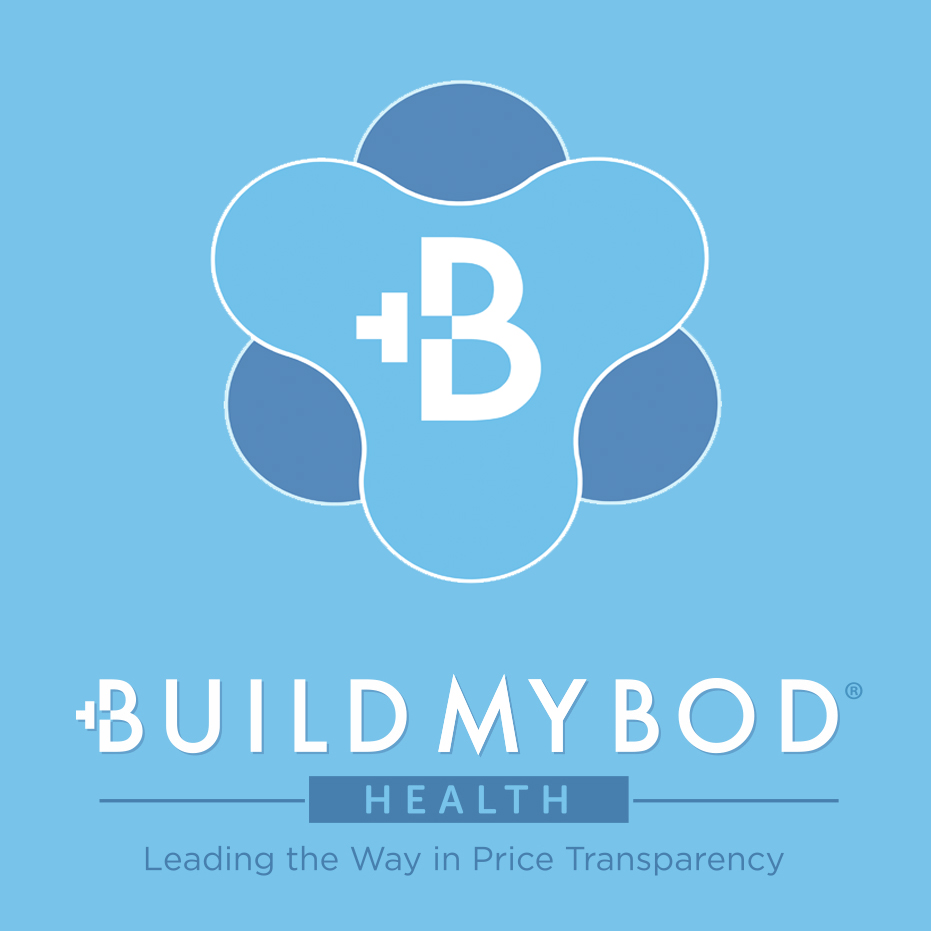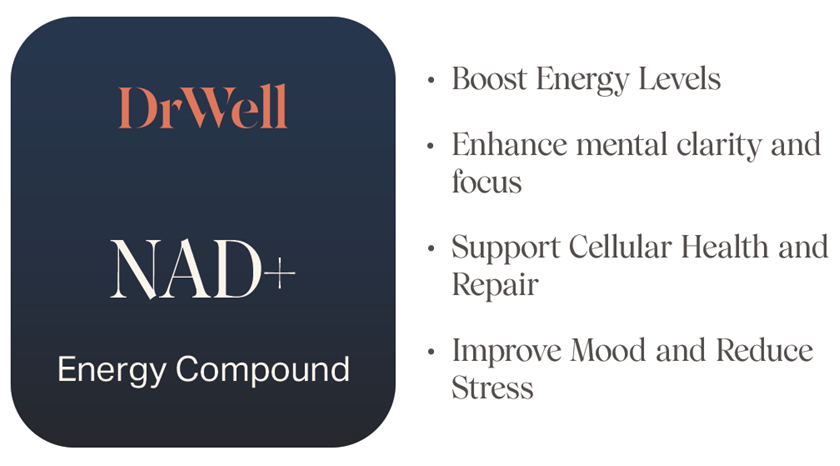
How nice would it be if you could get your patients to book and pay in full for their procedure at the time of their consult?! No follow up necessary to collect the balance! How? Keep reading.
Many physicians that are now in the aesthetic space didn’t start out that way. Many began their career treating patients with medically necessary concerns. And when providing patients with medically necessary services, the physician’s office typically billed the patient’s insurance company. As a result, the physician would often receive reimbursement from the insurance company weeks or months after services were rendered.
So it’s no wonder doctors find it to be such a breath of fresh air when they begin to offer aesthetic services and get paid prior to the procedure! This is a major improvement in handling their accounts receivable but it could be better.
For example, when it comes to cosmetic services that need to be scheduled (ie surgery or minimally invasive procedures), a common practice is to ask for a deposit first and then get the remaining payment two weeks prior to the procedure. But that’s not always so easy.
Often times, the office staff must go to great lengths to track down the patient to collect those remaining funds. Multiple phone calls, patients not calling back, endless games. And even it doesn’t require multiple phone calls, it still requires at least one, potentially avoidable phone call. Why do physicians’ practices put themselves in this time-consuming position of wasting so many hours following up with the patient, trying to collect prior to the procedure? Not to mention the angst of wondering if the patient can pay the balance in advance of the operation or the frustration of postponing the procedure because they can’t. Which in turn leads to awkward conversations, hurt feelings, miscommunication and potentially a bad online review.
Wouldn’t it be great if the patient would book and pay in full at the time of the consultation? That’s not a utopian dream. It’s possible, with a culture of transparency.
A culture of transparency requires the five pillars mentioned below. By implementing these, of the patients that have booked in 2019, 72% paid in full at the time of consultation, including procedures costing $22,000. Think of all of the time saved not having to follow up with so many patients. A culture of transparency succeeds in breaking down all of the patient’s perceived obstacles so that by the time they come in for the consult, they’re ready.
1. Discussion of pricing and financing prior to the consultation
The most obvious obstacle to booking and paying in full at the time of the consultation is cost. Most patients don’t know the cost of the procedure ahead of time because no one will tell them! So many practices take such an antiquated stance on discussing pricing prior to the consultation.
In our practice, the consumer can check pricing on our website, and we capture their contact info in the process. This way, we can follow up with them and discuss the procedure they’re considering over the phone. This allows us to further pinpoint exactly what their needs are and provide an updated estimate based on that conversation, if necessary.
Even if the patient calls our office to schedule a consultation without checking pricing on our website first, we send them an estimate via email at the time of the initial call. In so doing, we ensure that every patient comes in with a realistic understanding of cost, thus reducing the possibility of sticker shock to zero.
But what’s the incentive for the patient to pay in full? Sure, we can tell them the cost ahead of time so they can make the necessary arrangements in securing funding (bank transfers, valid credit cards, financing approval). But they still need to be motivated to pay in full rather than the standard process of putting a deposit down and paying the rest at a later date.
To make it worth it to the patient, we tell them over the phone, at the time they book their consultation, that we’ll give them a discount if they book and pay in full on the day of their consultation. The amount of the discount is based on the overall cost of the procedure. This offers an obvious financial benefit to the patient and the practice obtains the funds immediately.
Some may assume that giving an estimate over the phone coupled with a discount on the day of the consultation is enough to cajole the patient into booking and paying in full. But this assumes that price is the only factor in the patient’s decision, which it is not. The patient also needs to know the physician is competent and has adequate experience. They want to know various details and facts regarding the procedure: the length, the recovery, the expectations. Addressing all of these concerns requires not only a pre-consultation discussion of cost, but also the other four pillars in the culture of transparency.
2. Building the physician-patient rapport through social media
As I’ve written about here, social media (ie Instagram Stories and Snapchat) is a game changer when it comes to building rapport with future patients. Consider the rapport built between a potential patient and physician in a one-time consultation. Now, consider the rapport built over many months with the potential patient watching the doctor on social media. Previously, the only way to get to know the doctor was meeting them in person. And that was a very superficial experience even in the best of circumstances.
But with social media, they can see “their” doctor in his/her natural habitat over time. The physician becomes more approachable. By consultation day, the consumer knows the office staff and has watched the physician perform the procedure they’re considering. They’re no longer coming in to get to know the doctor because they already know the doctor via social media.
Wouldn’t it be great if the patient would book and pay in full at the time of the consultation? That’s not a utopian dream. It’s possible. But it requires a culture of transparency.
3. Education through video, before and after photos
The consumer has a thirst for knowledge when it comes to the procedure they’re considering. While physicians may find it frustrating when patients read bad information online, their online research is not going to stop. So physicians must give them an alternative. Educate the consumer with video (on social media) and before and after photos. There’s another benefit when consumers watch a procedure on social media.
Regardless of platform, the consumer has the ability to ask a question while watching the physician’s video. Thus giving them the unprecedented ability to ask questions about a procedure in the moment, or after hours. Give the patient “good” information that addresses all relevant questions prior to the consultation.
4. Education through online reading material
The consumer also wants more information than what can be found in video. For a deeper dive, online reading in the form of blog posts are very insightful. Physician-produced blog posts can compare the pros and cons of a procedure. They can describe nuances that aren’t readily apparent in video.
A perfect example is when doing a breast augmentation and streaming it on social media. While the video clearly shows the procedure in action, some details can be lost. It can be difficult to explain risks and benefits in short 10-15 second bursts (ie Instagram Stories and Snapchat). A blog creates a record of information that the patient can easily access prior to the consultation. It also helps with the doctor’s search engine optimization (SEO) by constantly updating the website content.
5. Continued “touch points” with email marketing
Doctors capture contact info when the consumer downloads an ebook, signs up for a newsletter or reaches out through a contact form. In our case, we capture the consumer’s contact info every time they check pricing on our site. All are legitimate email collection vehicles. By emphasizing email database growth you gain benefits and avoid risks as discussed here.
First, by growing your email database, you can easily remarket to your patients and potential patients for significantly less cost than digital advertising. Secondly, you protect yourself from algorithmic updates to Google or Instagram that could affect your following. If you suddenly see a reduction in your engagement on those platforms, you still have a database that allows you to take matters into your own hands.
Most importantly, an email database gives you the opportunity to stay engaged and continue educating your client base prior to their consultation.
Conclusion
If you think you can simply offer a discount for full payment without the other pillars described, you’re wrong. The financial incentive alone without regard to building rapport through the methods described will give the wrong impression. It will seem like your practice is trying to rush the patient. To get them to pay before they’ve truly considered all of their options. That can lead to buyer’s remorse. But if the patient is engaged with the practice on social media, well educated from the doctor’s online material, it no longer seems like an attempted money grab before the patient changes their mind. It’s more about, “I know this doctor, I’m familiar with the pros and cons of this procedure so why wouldn’t I take advantage of a day-of-booking discount?!”
In this technological age that allows access to all information and a unique patient-physician connection, obstacles to booking and paying in full can be overcome pre-consultation. When a culture of transparency is implemented correctly, an aesthetic practice can focus on its mission of aesthetics, rather than feeling like a bounty hunter trying to collect on bail, two weeks before the procedure!




